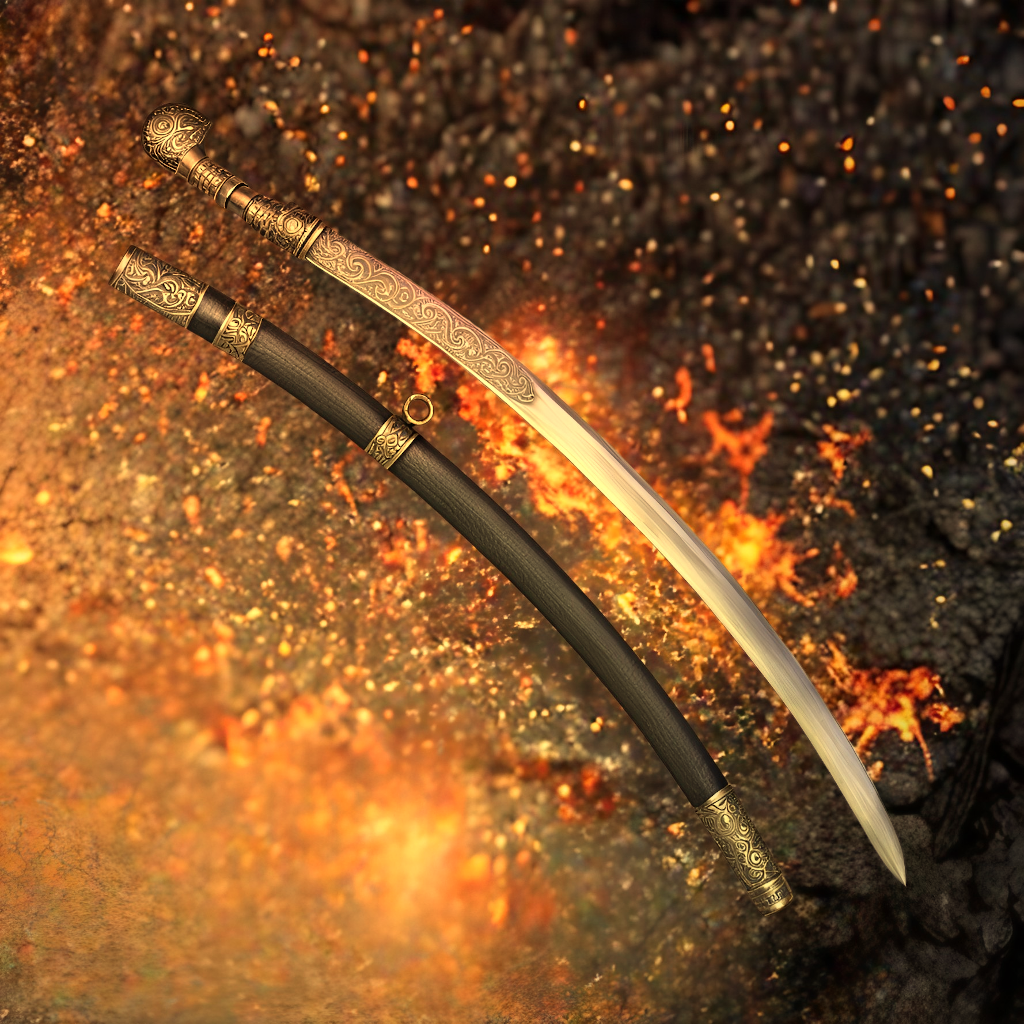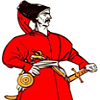Shashka Swords: The Art of Cossack Craftsmanship and Their Advantages in Battle
It can be very rewarding to learn and uncover the rich array of traditions and customs that define the Cossack way of life. One such tradition that has become a symbol of Cossack the spirit is the art of crafting Shashka swords.

It can be very rewarding to learn and uncover the rich array of traditions and customs that define the Cossack way of life. One such tradition that has become a symbol of Cossack the spirit is the art of crafting Shashka swords.
The Shashka is a symbol of Cossack identity and pride, and in this article, I aim to shed light on the intricate process of creating these magnificent weapons and the advantages they provided in battle.
The word "Shashka" (шашка) indeed originates from the Circassian (Adyghe) language, in which it is pronounced as "Shash-kho" (шашхъо), which translates to "long knife." The Circassians, also referred to as Cherkess or Adyghe people, are a North Caucasian ethnic group native to the historical Circassia region, which is now divided between modern-day Russia, Turkey, and other countries.
The Shashka was initially a traditional weapon of the Circassians and other North Caucasian tribes before being adopted by the Cossacks, who integrated it into their culture and warfare.
The Shashka's design, as a single-edged, slightly curved sword without a guard, made it an effective and versatile weapon, suitable for both mounted and infantry combat. The Cossacks further popularized the Shashka, and it eventually became an iconic style.
The Shashka is a type of saber characterized by a slightly curved blade and the absence of a guard, originating among the Cossacks of the North Caucasus. Its simple and elegant design is a testament to the Cossacks' practical and effective approach to warfare.
The process of making a Shashka begins with selecting suitable materials. The blade is usually forged from high-quality steel, which is then heated and hammered. The steel is repeatedly folded and forged, a process known as pattern welding, which enhances the blade's strength, flexibility, and sharpness. Once the blade is shaped, it is polished and sharpened to a fine edge.
The handle, or hilt, of the Shashka is typically crafted from wood, bone, or horn, and may be adorned with intricate carvings or inlaid with precious metals or stones. The scabbard, which houses the blade when not in use, is often made of wood and covered in leather or metal, with decorative elements that showcase the Cossack's artistic skills.
The popularity of the Shashka among the Cossacks can be attributed to several factors, including its functionality, versatility, and ease of use. The lanced design allows for quick and agile strikes, making it an ideal weapon for the Cossacks' hit-and-run tactics. Its slightly curved blade is designed for slashing attacks, enabling riders to deliver powerful cuts from horseback with minimal effort.
Furthermore, the absence of a guard on the Shashka contributes to its simplicity and practicality. The lack of a guard allows for a more comfortable grip and a greater range of movement, enabling the wielder to transition smoothly between different combat techniques. Additionally, the Shashka’s streamlined design makes it easier to draw from the scabbard, ensuring that Cossack warriors can quickly engage in battle when necessary.
The Shashka’s effectiveness in battle is also a result of the Cossacks' exceptional horsemanship and mastery of mounted combat. The Cossacks were known for their ability to strike swiftly and accurately from horseback, and the Shashka’s design complemented these skills perfectly. The combination of the Cossacks' agility, skill, and the Shashka’s unique features made them a formidable force on the battlefield.
